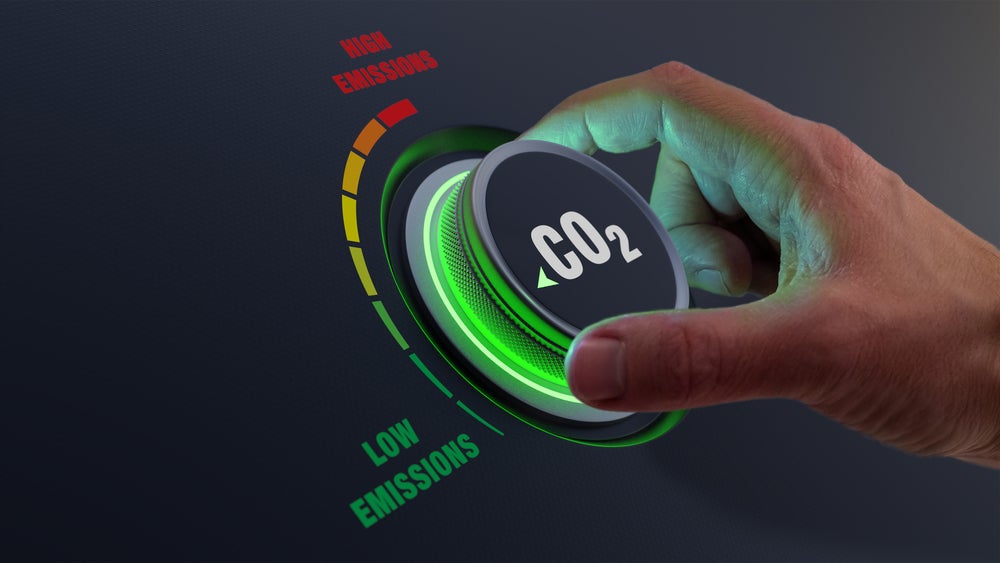
Leasing Life analysed the emissions reduction targets of 1,138 companies to find out which are leading the way, and which are lagging on their commitments. This report by Isabeau van Halm, Saywah Mahmood, Mirela Petkova and Mengying Du.
On Friday 22 April, it was Earth Day. This year’s theme was ‘invest in our planet‘, calling on everyone, including government, citizens and companies, to contribute to tackling climate change.
“Unless businesses act now, climate change will ever more deeply damage economies, increase scarcity, drain profits and job prospects, and impact us all,” wrote Earth Day Network on its website.
Just 100 companies have been the source of more than 70% of carbon emissions since 1988, found a study by the international non-profit organisation CDP in 2017. In that light, pushing the private sector to contribute to reducing emissions seems like a necessary step in reducing global emissions.
Unclear targets and greenwashing
Most companies have some form of climate strategy in place. However, without clear guidelines and accountability, there is a risk of unclear targets, empty promises and greenwashing.
When investigating the climate strategies of 25 major global companies, the non-profit NewClimate Institute found that pledges made in these public strategies are often ambiguous and emission reduction commitments are limited.
How well do you really know your competitors?
Access the most comprehensive Company Profiles on the market, powered by GlobalData. Save hours of research. Gain competitive edge.

Thank you!
Your download email will arrive shortly
Not ready to buy yet? Download a free sample
We are confident about the unique quality of our Company Profiles. However, we want you to make the most beneficial decision for your business, so we offer a free sample that you can download by submitting the below form
By GlobalData“All of the 25 companies assessed in this report pledge some form of zero-emission, net-zero or carbon-neutral target,” the researcher wrote. “But just three of the 25 companies… clearly commit to deep decarbonisation of over 90% of their full value chain emissions by their respective net-zero and zero-emission target years.”
With a lack of regulation, there is a growing need for companies to set clear and credible targets. This is where independent certification schemes such as the Science Based Targets initiative (SBTi) come in.
The SBTi is a collaboration between CDP, the UN Global Compact, the World Resources Institute and the World Wide Fund for Nature. More than 1,300 companies have joined with science-based targets that are in line with the Paris Agreement goals and approved by the SBTi.
It should be noted, however, that joining the initiative is voluntary. Therefore, even companies that are part of the initiative with the lowest targets still indicate a willingness to reduce their emissions more so than companies that have decided not to join.
Which companies have the most ambitious emissions targets?
Leasing Life analysed the emissions reduction targets of the companies in the SBTi database. Because it can be difficult to compare targets between different companies and sectors, the analysis only includes the companies with absolute targets. Absolute targets are only relative to a baseline, while intensity targets – the ones that were excluded – are relative to a unit or economic output; for example, a reduction of emissions per million dollars of profit.
The data shows that fewer companies are committed to scope 3 than to scopes 1 and 2, and that the targets set for scope 3 are less ambitious.
Scopes are categories of emissions set by the Greenhouse Gas (GHG) Protocol, a framework for reporting GHG emissions from the private and public sectors. Scope 1 covers direct emissions from owned or controlled sources, scope 2 covers indirect emissions – for instance from the generation of electricity – and scope 3 covers all other direct emissions from the value chain.
Setting scope 3 targets as a company is just as important, if not even more so, as setting targets for scope 1 and scope 2, according to the SBTi, which says: “For the majority of sectors, the largest sources of a company’s emissions lie upstream and/or downstream of their core operation.”
Which sectors are taking climate action seriously?
Taking the average of reported targets of the companies in each sector indicates how ambitious each sector is compared with others. Calculating the average target by sector was done by averaging the percentage of the reduction target and averaging the time frame between the base year and the target year.
On average, the specialised consumer services sector had the most ambitious targets. Companies in the sector, on average, have committed to reducing emissions by 58.7% in 11 years. This is more ambitious than the average of all companies. Across all companies in the database the average target is for a reduction of 44.6% in a time frame of 12 years.
The runner-up was the telecommunication services sector with an average target to reduce emissions by 56.2% in 11 years.
The worst performers were the aerospace and defence and the air freight transportation and logistics sectors with average targets to reduce emissions by 29% in nine years and 33% in 11 years, respectively.
Among individual companies in the SBTi database, MSQ Partners Group had the most ambitious commitment, with a reduction in emissions of 100% by 2026.
On the other hand, Mondelez International and Cargill lag compared with other companies, with reductions targets of 10% by 2025.
The SBTi categorised each target set by companies based on future pathways. The trajectory can either be towards 1.5°C, well below 2°C, or 2°C above pre-industrial levels by 2050.
To avoid the most significant consequences of climate change, the rise in global temperature needs to stay below 1.5°C above pre-industrial levels by 2050. However, the latest report from the Intergovernmental Panel on Climate Change shows that the current trajectory will result in global warming of between 2.2°C and 3.5°C. In response to the urgent need to reduce emissions further, the SBTi will “only accept target submissions of Scope 1 and Scope 2 targets that are in line with a 1.5°C trajectory” as of 15 July, 2022.
With a total of 907 companies, most companies in the SBTi database with absolute and intensity targets are in line with a trajectory towards 1.5°C above pre-industrial levels by 2050, while 378 companies wouldn’t be able to submit their targets under future SBTi norms.







